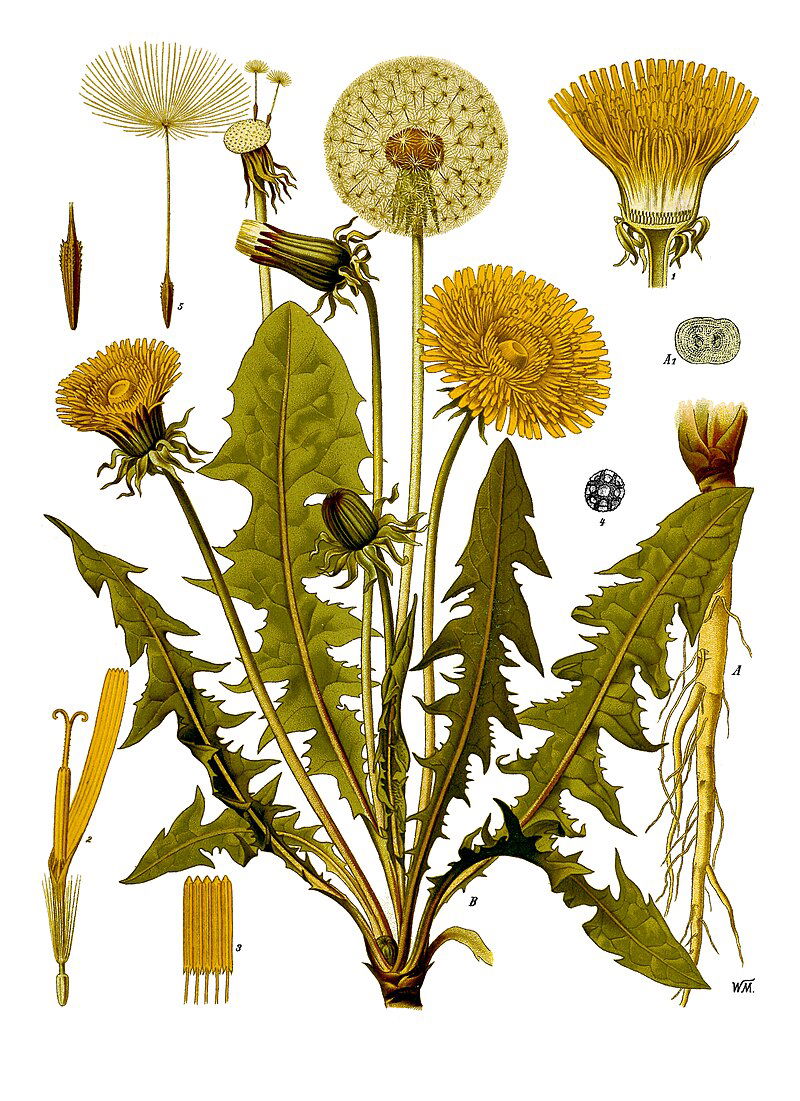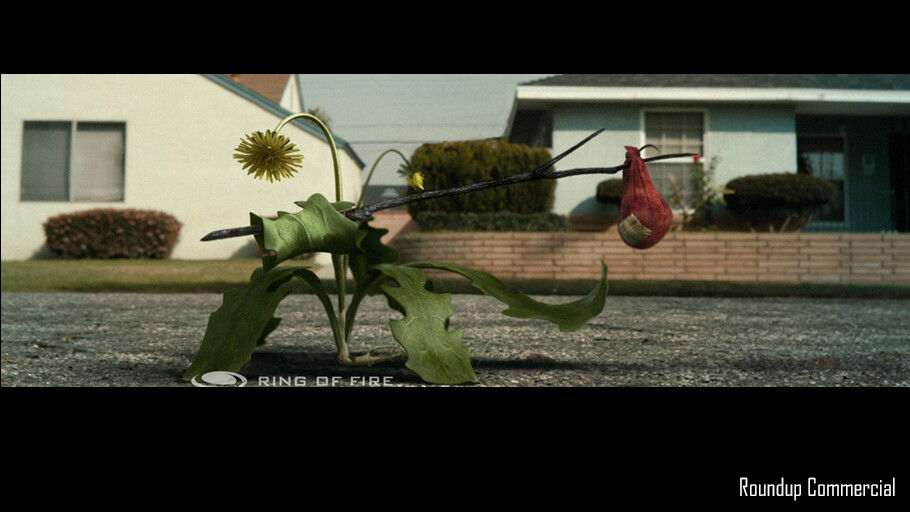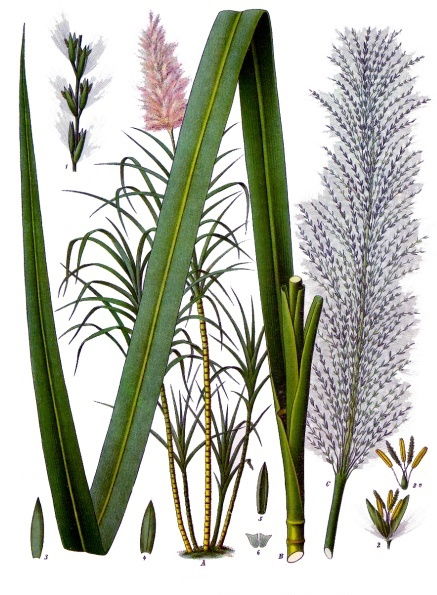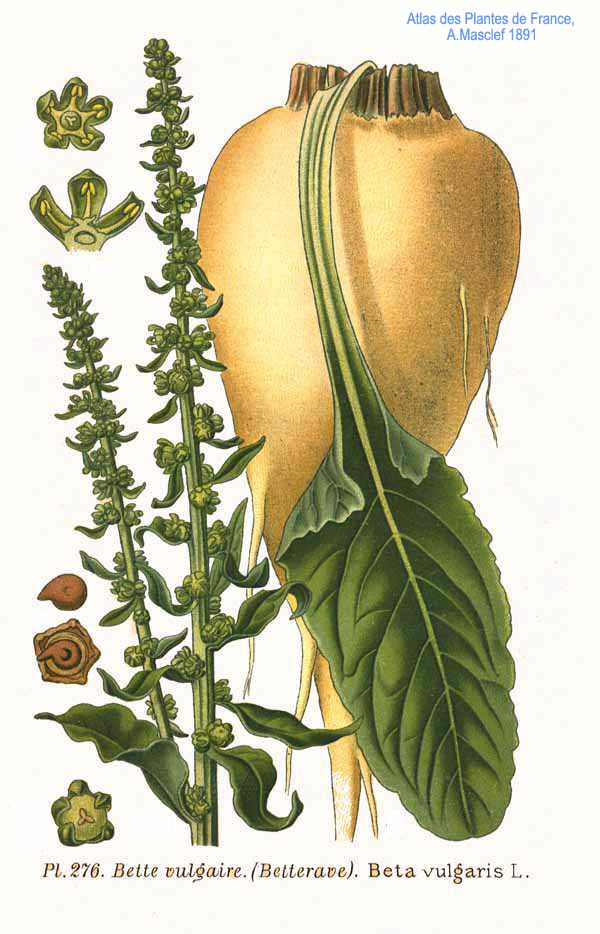Daring Dandelion

Daring Dandelion
Daring Dandelion: Don't Underestimate These "Weeds"
My Love Letter to Dandelion Greens
As a child, I saw Dandelions a lot. I saw them in the backyard. I saw them on the playground. I saw them peeking through the sidewalk on the way to the grocery store. We never thought about eating them. To my parents, they were “weeds” to be sprayed on sight. To us children, they were magical.
The yellow flowers would always let us know it was spring. They could be plucked and turned into rings or crowns or adornments for shoes. We cut the steams and found a mysterious milky substance that just added to the mystique. As the seasons changed, the yellow flowers would turn into fluffy white cotton balls that we thought were wish makers.
As a child, we would take a moment to think about how our world could be and then take a great big breath, hoping to scatter all of the seeds in one go. Turns out, those puffy balls of magic are called “puffballs.”
It was not until I was adult did I learn you could eat Dandelions. In my thirties, I went to a sweat lodge hosted by a Lakota woman. The resident chef served many ‘closer to’ indigenous foods and one dish was a Dandelion Leaves salad with a simple dressing and pine nuts. I remember her telling us about harvesting the leaves and what song she sang as she harvested them.
I remember thinking it was strange that my food had been sung to and that I was about to eat Dandelions. It was a beautiful salad. The greens were surprisingly tender (she explained they were young leaves) and slightly bitter. Please note: my bitter experience may have been a function of the fact that at that age I ate a lot of crap food and my taste buds may not have acclimated to natural foods.
The Dandelion is magic. It is magical in its ability to grow and persist just about anywhere. It is magical in its transformation from yellow flower to beautiful, soft “puffball.” It is magical in the whimsical way its seeds are spread by the wind or a child’s breath only to take root in another, possibly distant, place.

The Unfair Treatment of Dandelions
Dandelions are often considered weeds. A weed is a plant considered to be undesirable. “Invasive species” are plants that have a negative impact on the overall functioning and biodiversity of the ecosystem are often called weeds. The term “weed” has no botanical significance. It is all about some human deciding that the plant doesn’t belong where it is currently growing.
Weeds are often hardy and thrive in “disturbed” environments. Dandelion is a common plant all over the world and is considered such a nuisance by lawn owners. It is the focus of many of the Round-ups marketing campaigns.
As far as love, I would say dandelions are worth a rebrand. Dandelions contribute to soil health by breaking up compacted soil with their deep tap roots and adding organic matter when they die and decompose. The young leaves are tender and taste a little like an arugula. The flowers make a delicious tea. And if you need to make a wish, catch a dandelion at the right time.

Picture from a Roundup Commercial. The powerful Dandelion being banished.
Nutrition
Dandelions are highly nutritious. The leaves are rich in vitamins A, C, K, and several B vitamins, as well as minerals like iron, calcium, and potassium.
Principle | Nutrient Value | Percent of RDA |
|---|---|---|
Energy | 45 Kcal | 2% |
Carbohydrates | 9.20 g | 7% |
Protein | 2.70 g | 5% |
Total Fat | 0.70 g | 3% |
Cholesterol | 0 mg | 0% |
Dietary Fiber | 3.50 g | 9% |
Vitamins | ||
Folates | 27 µg | 7% |
Niacin | 0.806 mg | 5% |
Pantothenic acid | 0.084 mg | 1.5% |
Pyridoxine | 0.251 mg | 19% |
Riboflavin | 0.260 mg | 20% |
Thiamin | 0.190 mg | 17% |
Vitamin A | 10161 IU | 338% |
Vitamin C | 35 mg | 58% |
Vitamin E | 3.44 mg | 23% |
Vitamin K | 778.4 µg | 649% |
Electrolytes | ||
Sodium | 76 mg | 5% |
Potassium | 397 mg | 8% |
Minerals | ||
Calcium | 187 mg | 19% |
Iron | 3.10 mg | 39% |
Magnesium | 36 mg | 9% |
Manganese | 0.342 mg | 15% |
Phosphorus | 66 mg | 9% |
Selenium | 0.5 mg | 1% |
(Source: USDA National Nutrient data base)
Foraging and Harvesting:
Here are some concise tips for foraging and harvesting dandelions:
1. Location: Look for dandelions in lawns, parks, and fields, avoiding areas treated with pesticides.
2. Timing: Harvest in the spring when leaves are young and tender for best flavor.
3. Identification: Ensure proper identification; dandelions have jagged leaves and yellow flowers.
4. Tools: Use a small trowel or digging fork to uproot plants carefully, minimizing soil disturbance.
5. Harvest Method: Gather leaves, flowers, and roots; leaves can be harvested anytime, flowers are best before they go to seed, and roots can be dug in fall or early spring.
6. Processing: Rinse thoroughly to remove dirt and insects. Use leaves in salads, flowers for teas or fritters, and roots for herbal preparations.
7. Sustainability: Only take what you need and leave plenty for the ecosystem and regrowth.
The video is from The Acadian Garden & Apothecary
Daring Dandelion Recipe: Dandelion Green Juice
Bonus Recipe: Dandelion Tea
Our recipe for Daring Dandelion is a juice because most of the time I’ve seen dandelion greens in the grocery store they are older and tend to be bitter. This juice provides a bit of sweetness to offset it. This recipe is from HealthyVeganEating Youtube Channel.
half a bunch Dandelion greens
1 cucumber OR 1/2 a large English cucumber
2 green apples
Fresh ginger to taste
If you have a juicer, use that if not, you can blend the ingredients in a high power blender and strain or drink as is. If you don’t have any equipment. Then take the greens, cucumber and apple to make a salad and grate. the ginger into a dressing of your choice.
Our Bonus recipe is Dandelion tea from Organic Facts (an evidence based website)

https://www.organicfacts.net/recipe/dandelion-tea
Dandelion Root Tea (Total time: 45 minutes)
1 tbsp dandelion root (dried and coarsely chopped)
2 cups water (filtered)
Dandelion Leaf Tea (Total time: 10 minutes)
1 tsp dandelion leaves (dried)
1 cup water (boiling hot)
Pour the water in a saucepan and bring it to boil.
Add the coarsely chopped dandelion root into the boiling water and let it boil for another 10 mins. Turn off the heat and keep it aside. Let the tea steep for about 30 mins.
For the leaves, let it steep in the hot water for 10 mins.
Now strain the tea into a cup using a strainer.
Curl up in your sofa and enjoy the hot dandelion root tea!
Dandelion Symbology:
A symbol of the sun
Emotional healing
Persistence and overcoming hardship since these plants can endure almost any living condition
Herbal Remedies and Other Claims:
Dandelion tea has some amazing health benefits, that include naturally boosting lactation, enabling liver cleansing and preventing urinary tract infections.'
According to Healthline, Dandelion is …
Highly nutrition
Contains potent antioxidants
May help fight inflammation
May aid in blood sugar management
May reduce cholesterol and triglyceride levels
May lower blood pressure
May promote liver health
May aid weight loss
May have anticancer effects
May support healthy digestion and treat constipation
May boost immune health
May be a useful skin care treatment
May support healthy bones
https://www.healthline.com/nutrition/dandelion-benefits#anti-inflammatory
Dandelion Sensitivity and Allergies
Dandelion have low toxicity and are likely safe for most people, especially when consumed as food. This plant may cause allergic reactions, particularly in people with allergies to related plants such as ragweed. Contact dermatitis may also occur in those with sensitive skin
According to an older review, dandelion may also interact with medications, including certain antibiotics, anticoagulants, and blood sugar drugs. If you’re taking prescription medications, consider consulting a healthcare professional before taking dandelion.
https://www.healthline.com/nutrition/dandelion-benefits#anti-inflammatory
Dandelion Facts
Scientific Classification: The dandelion belongs to the genus Taraxacum. The most common species is Taraxacum officinale, which is widely recognized for its bright yellow flowers. (James, S. H. (2004). Weeds of the Northeast. Cornell University Press.)
Medicinal Uses: Dandelions have been used in traditional medicine for centuries. The root and leaves have diuretic properties, and dandelion has been used to treat liver and kidney ailments. (Cech, R. A. (2000). Making Plant Medicine. Eclipse Press.)
Pollinator Friendly: Dandelions are one of the first sources of nectar and pollen for bees and other pollinators in spring, supporting biodiversity. (C. M. H. (2016). "Dandelion: A plant for pollinators." Pollinator Partnership.)
Life Cycle: Dandelions are perennial plants, meaning they can live for many years and can continuously produce both flowers and seeds throughout their life cycle. ("Perennial Plants." Missouri Botanical Garden.)
Reproductive Strategy: Dandelions can reproduce both sexually (by seeds, which are produced after flowering) and asexually (via vegetative propagation).
Seed Dispersal Mechanism: Dandelion seeds are equipped with a feathery structure called a pappus that allows them to be carried by the wind, facilitating distant dispersal. (The Ecology and Evolution of Seed Dispersal: A Theoretical Perspective, Annual Review of Ecology, Evolution, and Systematics)
Culinary Uses: Every part of the dandelion is edible. The leaves can be used in salads, the flowers can be made into wine, and the roots can be roasted and used as a coffee substitute. ("Dandelion: Nutritional Benefits and Uses." University of Maryland Extension.)
Ecological Benefits: Dandelions contribute to soil health by breaking up compacted soil with their deep tap roots and adding organic matter when they die and decompose. ("The Role of Dandelions in Soil Health." Permaculture Research Institute.)





